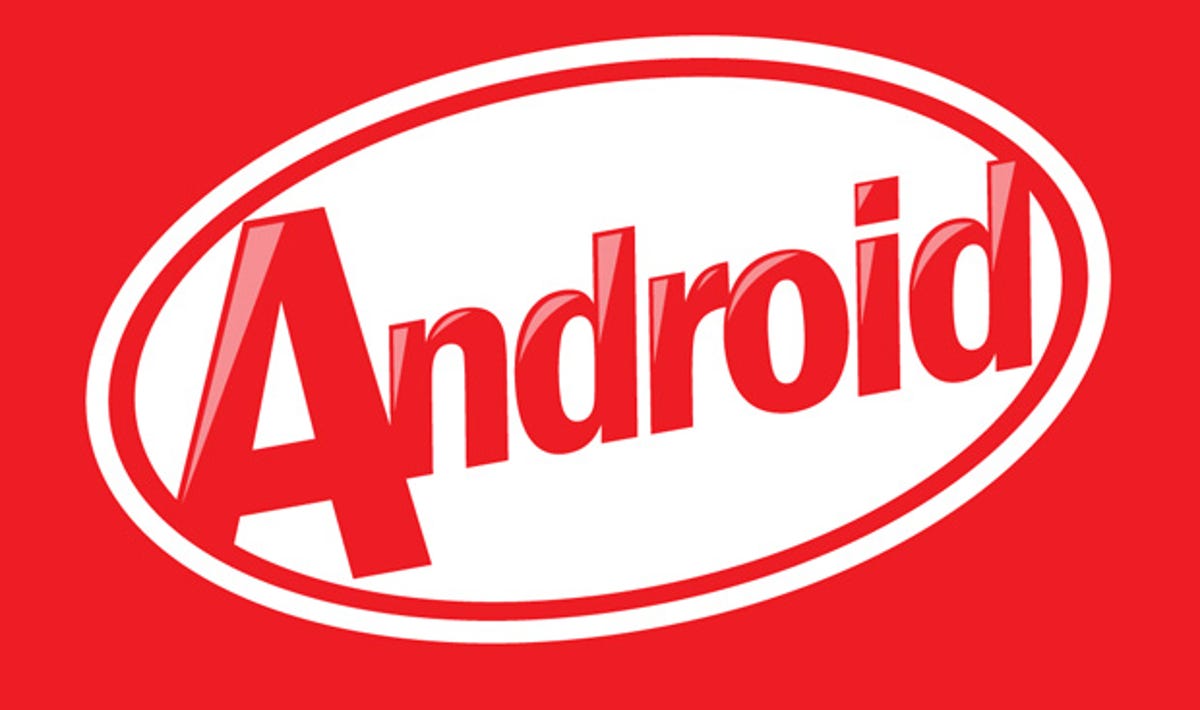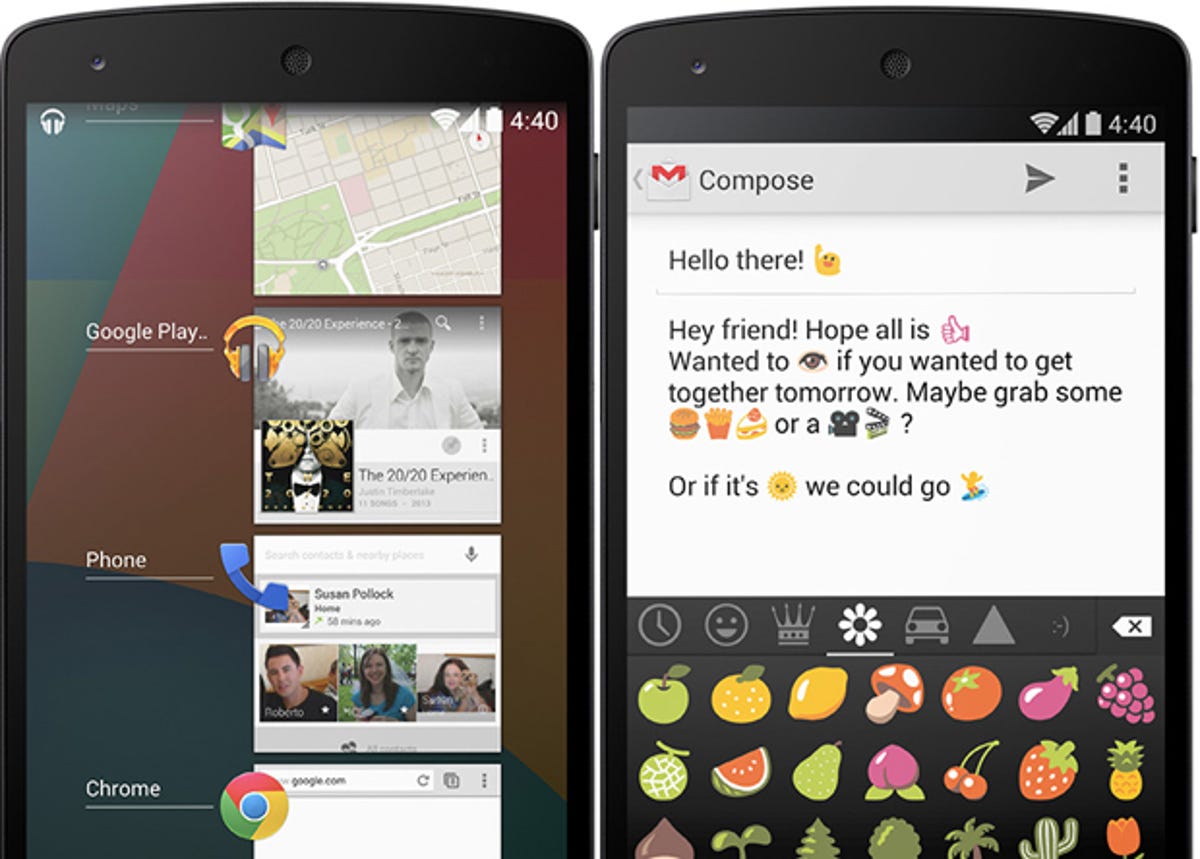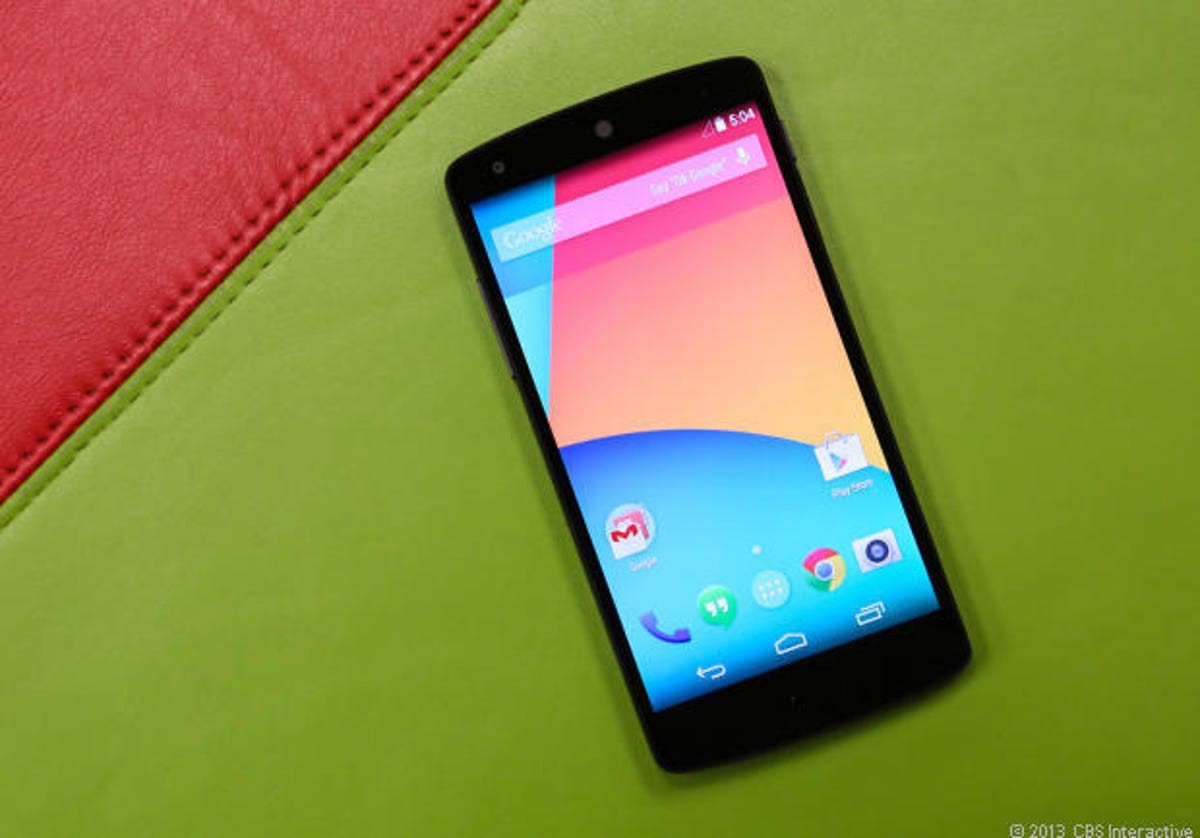
Google’s latest super phone, the £299 Nexus 5, brings with it the freshest version of Android, known as 4.4 KitKat (it’s a weird tie-in with Nestlé). We’re naturally super excited to see what’s new in the mobile software — so let’s take a look at the key facts.
New features
Visually, KitKat doesn’t look to be a massive overhaul of Android. It still has the same basic layout, with multiple homescreens, live widgets, an app menu and navigation buttons along the bottom. Existing Android users will feel right at home.
Look closer and you’ll start to find some key updates though. The phone dialler has a new, simpler design, as does the contacts page. Your contacts are organised based on who you speak to the most (hopefully you can keep it set to alphabetical too) and you can search for nearby businesses’ contact details from the same search bar, which sounds genuinely useful when you have a plumbing emergency.


Games, movies and ebooks will now display at full screen, hiding the status bar and navigation buttons in order to make full use of big-screen phones like the Note 3 and Xperia Z1. When listening to music, the album art will display in full screen on your lock screen, also allowing you to seek through the song.
The Hangouts app is getting an update too. It’ll now combine your hangout conversations, text and MMS messages in one conversation thread.
Voice control has been given some love as well. When you’re on your homescreen or in Google Now, saying, “Okay Google” will activate voice control, letting you perform voice searches or dictate text messages.


Other features include emoji icons in the keyboard, easier printing with Google Cloud Print-connected printers, support for all NFC payment services and a step counter built in to link up to your fitness apps to track how active you are.
Finally, it has a new Easter egg! Go to Settings > About phone and tap repeatedly on Android 4.4 to see what Google’s hidden inside this latest version. Or just watch this video:
Performance upgrades
Behind the scenes, Google has made a bevy of tweaks to Android. Crucially, it apparently now uses 16 per cent less memory than Jelly Bean. That not only frees up resources to run apps, it also means it’ll be much easier to handle for budget phones with less powerful processors and as little as 512MB RAM, Google promises. In theory, this could help address Android’s fragmentation problem, as it will be easier for manufacturers of budget mobiles to slap on the new software.


KitKat’s more efficient memory use also allows for smoother multitasking. Demanding games should still be able to play at high frame rates, even while you’re playing music in the background. This still depends on what phone you’re using, of course — it’s not going to turn an ancient single-core blower into a Galaxy S4-challenging powerhouse, but I’m interested to see how the tweaks improve performance.
When can you get it?
The first phone to run KitKat is Google’s own Nexus 5, so if you really can’t wait to get your hands on the new software, pop over to the Google Play Store now and lay down your notes. It’s a monstrous phone, with a Full HD 5-inch screen and a 2.3GHz quad-core processor.


Google has said that the Nexus 4 and Nexus 7 tablet will get KitKat “within weeks“, so try and stay patient if you’re already a Nexus user. HTC has said that its One smart phone — with the One Mini and One Max following closely behind — will receive KitKat “very very soon“.
Samsung, meanwhile, has said it will announce its plans for upgrading its phones to KitKat “in due course”. Don’t get your hopes up for the new software to hit your Galaxy any time soon though. Samsung, like many manufacturers, heavily skins Android with a custom interface that will take time to tweak to KitKat. Don’t expect to see it before the new year.
In the meantime, check out the new Nexus 5 and make sure to pop your thoughts on the new software in the comments below, or over on our cutting-edge Facebook page.


Now playing:
Watch this:
Android 4.4 KitKat hands-on
2:46



